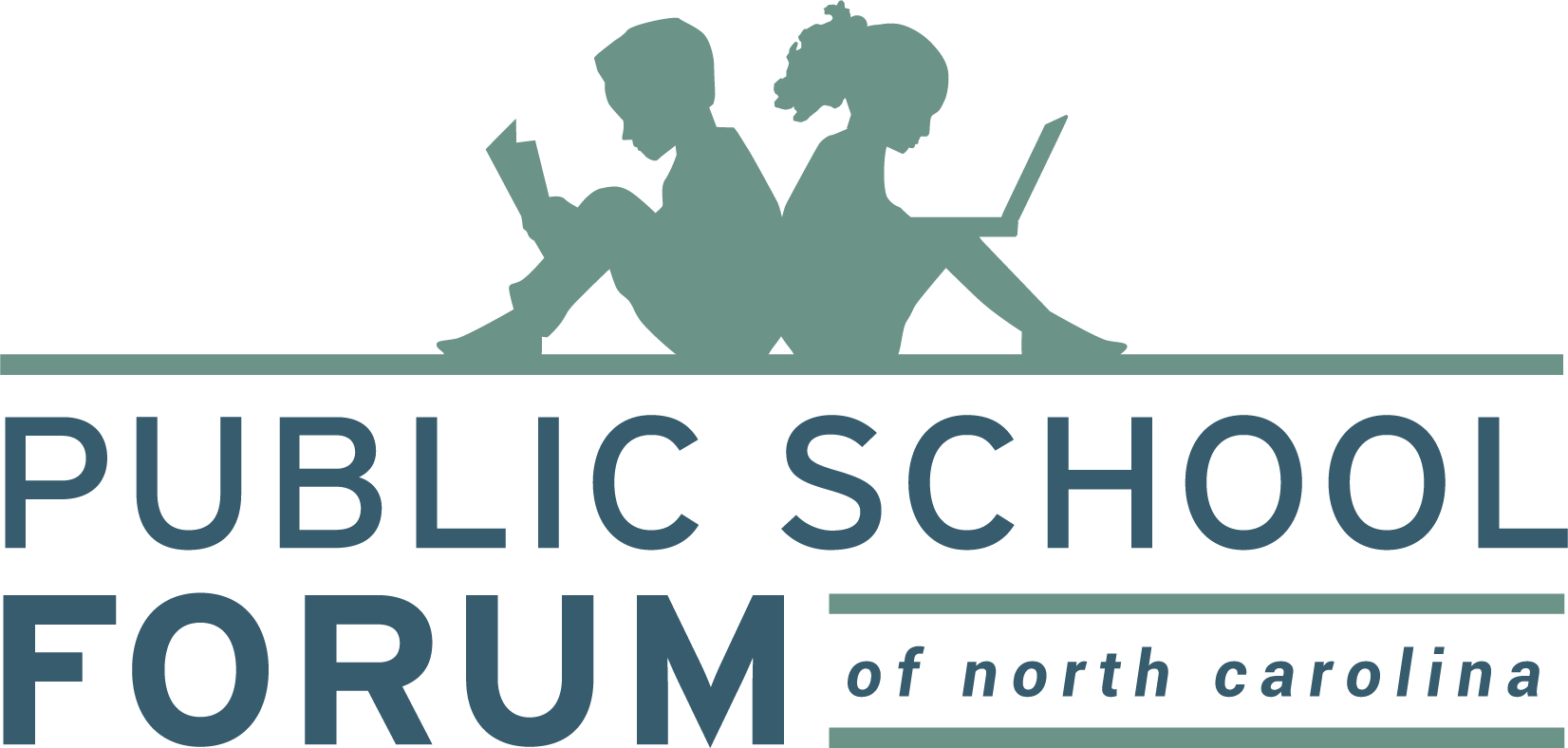RALEIGH, NC (April 6, 2016) – A study released today by the Public School Forum of North Carolina details a persistent resource gap in public school funding between the highest and lowest-wealth counties in the state. The 2016 Local School Finance Study found that in 2013-14, the state’s ten highest-spending counties spent an average of $57,497 more per classroom than the ten lowest-spending counties, an increase of $739 over the previous year, and 36 percent higher than it was ten years ago. Orange County alone spends about the same amount as the bottom six counties combined.
“The trend lines are clear – our poorest counties continue to fall further behind our wealthier counties in terms of resources available to their local schools,” said Forum President and Executive Director Keith Poston. “Even though the ten poorest counties taxed themselves at nearly double the rate of the ten wealthiest counties, the revenue they could generate was substantially lower.”
The large spending gap exists primarily because of the variation in property wealth across the state, which in large part determines how much local revenue can be generated to support public schools.
For more than 25 years, the Public School Forum of North Carolina has isolated local spending from state and federal spending to examine the capacity and actual effort of counties to support public schools. The annual Local School Finance Study focuses not only on the amount that counties spend on schools, but also on each county’s investment in the context of that county’s taxable resources.
From the early years of the Study, two trends have become evident that have deepened over time. First, wealthier counties are able to spend more on schools while simultaneously making less taxing effort. Because wealthier counties have more taxable resources, they can keep taxes low while still generating significant revenues. Conversely, counties with fewer taxable resources need to make greater taxing effort to support their schools. Second, there is a widening gap between counties with many taxable resources and those with few, and as a result, a widening gap in counties’ school spending patterns.
“Policy decisions at the state level have narrowed the gap by providing additional funds for the state’s smallest and lowest-wealth counties,” Poston said. “However, even with these important, positive policy steps, investments in North Carolina schools still vary dramatically by zip code.”
Poston continued: “Young people born into one of the state’s economically thriving counties will have levels of investment in their education not shared elsewhere in the state, an unsustainable model if we expect to grow and prosper as a state.”
Under North Carolina’s state constitution and school finance laws dating back more than eight decades, it is the state’s responsibility to pay for instructional expenses (including personnel) while county governments pay for capital expenses (buildings and maintenance). Over time, however, the lines have become blurred, and the local role in funding school operations has increased. In 2013-14, counties spent $3 billion to fund instructional expenses, accounting for 25 percent of the combined federal, state, and local total. Counties provided funding for 994 principals and assistant principals (19.0 percent of the total), 6,567 teachers (6.9 percent of the total), 2,196 teacher assistants (9.5 percent of the total), and 3,104 professional instructional support personnel (20.7 percent of the total).
The Local School Finance Study has been used over time by district finance officers, county commissioners, school board members, and other state and local education officials, to frame debates about school funding and state and local priorities.
To request a hard copy of the study, please contact Shelly Owens at sowens@ncforum.org.
[box]
ATTACHMENT:
 2016 Local School Finance Study
2016 Local School Finance Study
[/box]

[…] A new study shows the gap in school funding between North Carolina’s wealthiest and poorest counties continues to grow. […]